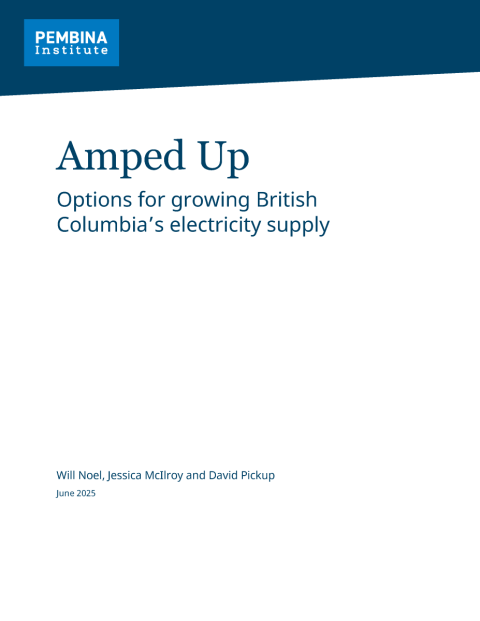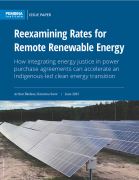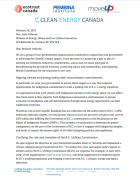British Columbia boasts one of the cleanest power grids in the world due to its significant hydroelectric resources. This clean energy advantage, coupled with low electricity rates, positions the province well to achieve its climate goals while ensuring continued energy affordability.
BC Hydro, the Crown corporation responsible for operating and planning the province's electricity system, forecasts a significant increase in electricity demand, up to 41% by 2040, driven by a growing population and greater electrification and industrial development. To meet this rising demand, B.C. will need to substantially expand its generating capacity — by two or three times its current level. This report provides a comparative analysis of various power generation technologies to help guide future power procurements.
Wind and solar are ideal candidates for meeting B.C.’s short-term energy demand, with batteries, demand-side management, and existing hydroelectric facilities providing backup during low renewable generation and peak demand events. Larger infrastructure projects (e.g., new hydroelectric dams) and technologies that BC Hydro has less or no experience with (e.g., geothermal, nuclear) may face cost overruns and construction delays, making them less suitable for short-term needs, at least for now.
Regardless of the chosen path forward, there are certain “no-regret” actions that can benefit B.C.'s electricity system. These include investing in energy efficiency programs to offset demand growth, enabling demand-side participation to optimize energy consumption patterns among end users, and modernizing and growing grid infrastructure to ensure efficient and affordable electricity delivery. By implementing these measures, B.C. can continue to grow its clean energy supply while ensuring that energy stays reliable and affordable.












